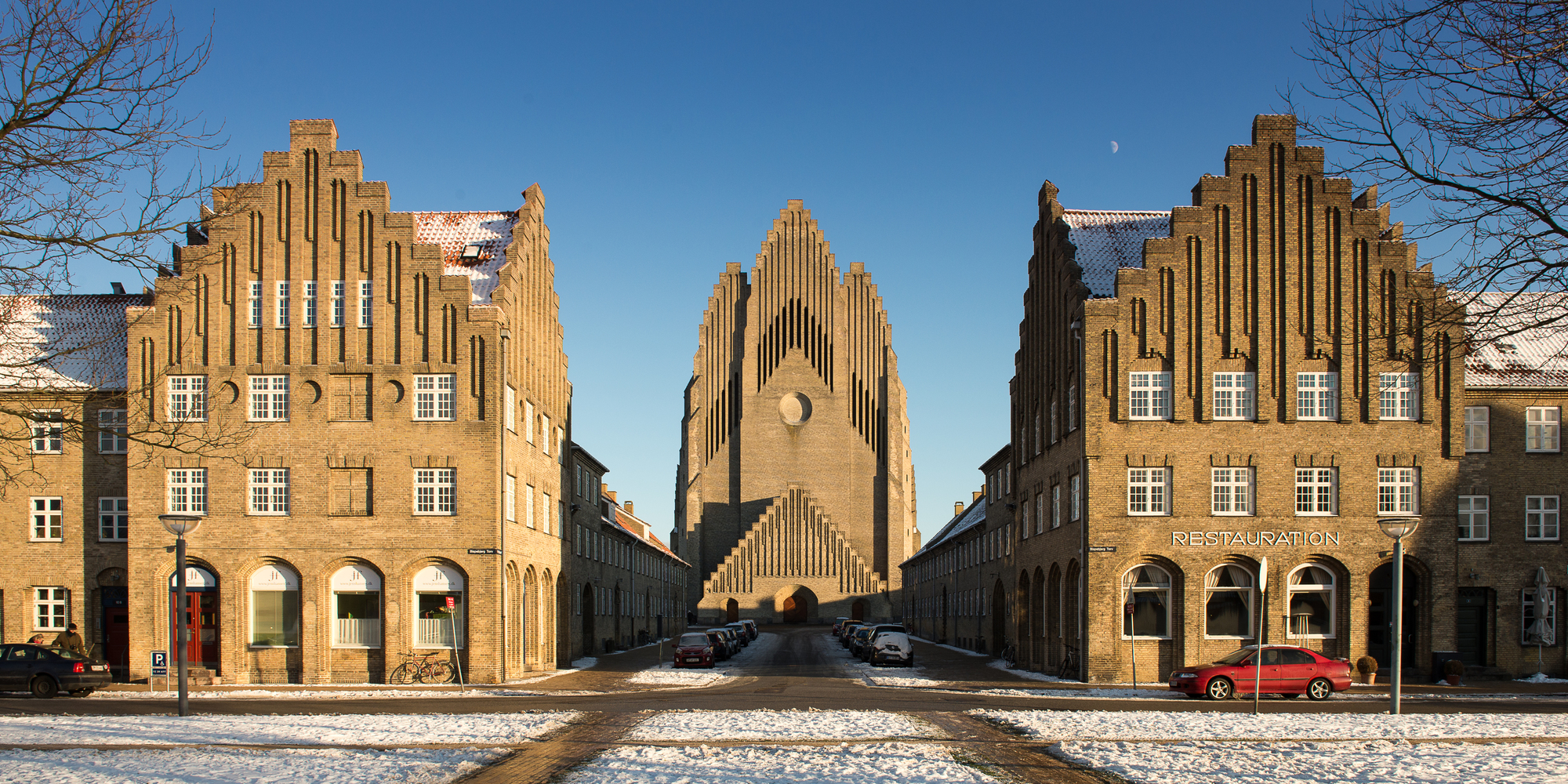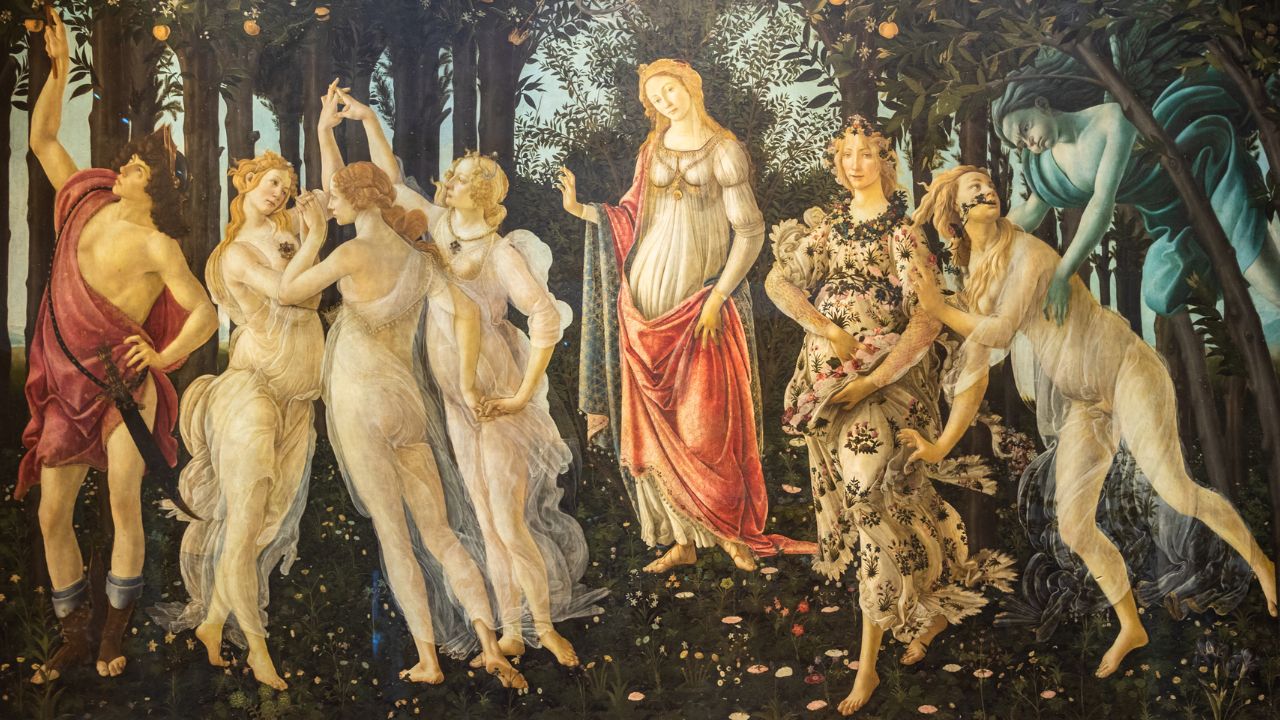Religion has always been a powerful force that shapes the beliefs, values, and practices of communities around the world. And one of the most tangible expressions of religious devotion can be found in the exquisite architecture of sacred spaces. From colossal cathedrals to serene temples, these structures not only serve as places of worship but also as artistic masterpieces that reflect the diverse cultures and spiritual traditions they represent. Join me on a journey to explore the mesmerizing world of religious architecture across different cultures.

As a lover of travel and culture, I’ve been fortunate enough to visit various sacred spaces throughout my life. Standing before these impressive structures, I am filled with a sense of awe and reverence, regardless of my own religious beliefs. There is something magical about these places that transcends personal convictions and speaks to the universal human longing for spiritual connection.
Let’s start our journey in Europe, where medieval cathedrals stand as testaments to the power and grandeur of the Christian faith. I have vivid memories of walking through the vast nave of Notre-Dame Cathedral in Paris, marvelling at the intricate stained glass windows that bathed the interior in a kaleidoscope of colors. Each nook and cranny of these Gothic masterpieces seems to tell a story, captivating worshipers and visitors alike. The breathtaking detail in the sculptures, the towering spires reaching towards the heavens, and the ethereal sounds of a choir echoing through the pillars all contribute to an otherworldly experience that lingers long after the visit ends.
Moving across the globe to Asia, we encounter a different aesthetic but an equally profound spiritual connection. Buddhist temples, such as the iconic Wat Arun in Bangkok, Thailand, are characterized by their ornate decorations, vibrant colors, and serene atmosphere. Here, I’ve experienced a sense of tranquility and inner peace as I’ve sat on the temple grounds, surrounded by the soft scent of incense and the gentle sound of monks chanting. The delicate architecture and meticulously crafted statues of the Buddha give each temple a unique identity, reflecting the beauty of Buddhist teachings, which emphasize simplicity, mindfulness, and compassion.
In stark contrast to the opulence of European cathedrals and Asian temples, the Islamic world offers us a glimpse into a different aspect of religious architecture. The imposing domes and intricate patterns of mosques, such as the iconic Blue Mosque in Istanbul, Turkey, emanate an air of serenity and reverence. Decorative calligraphy from the Quran adorns the walls, and the geometrical designs create a mesmerizing play of light and shadow. As I’ve stood in prayer alongside Muslims, the unity and devotion in the space have been palpable, regardless of my own religious affiliations. These buildings serve not only as places of worship, but also as hubs of community activity, fostering a sense of belonging and spiritual growth.
Religious architecture also encompasses smaller, more intimate spaces. For example, the humble Shinto shrines scattered throughout Japan provide a different perspective on sacred spaces. Nestled within serene natural surroundings, these delicate structures represent a close connection between humans and nature. Each shrine tells a story of reverence towards local deities and ancestral spirits. I’ve often found myself immersed in a profound sense of harmony and respect when visiting these tranquil sites. The simplicity of these shrines perfectly encapsulates the ethos of Shinto – an indigenous Japanese religion that advocates for living in harmony with the natural world.
As our exploration of religious architecture comes to a close, it’s important to recognize that these spaces are much more than just physical structures. They symbolize the deep sense of spirituality that resides within individuals and communities around the world. Whether we’re standing in a towering cathedral, bowing in a serene temple, or meditating in a humble shrine, we are united by our innate human desire to seek something greater than ourselves. These sacred spaces serve as reminders of our shared humanity and the power of faith to shape our lives.
So, the next time you find yourself traveling to a new destination, consider taking a moment to visit a local sacred space. Immerse yourself in the architecture, the symbols, and the energy that radiates from these awe-inspiring structures. You may find yourself inspired, touched, and moved by the universal beauty and spiritual connection they offer.











